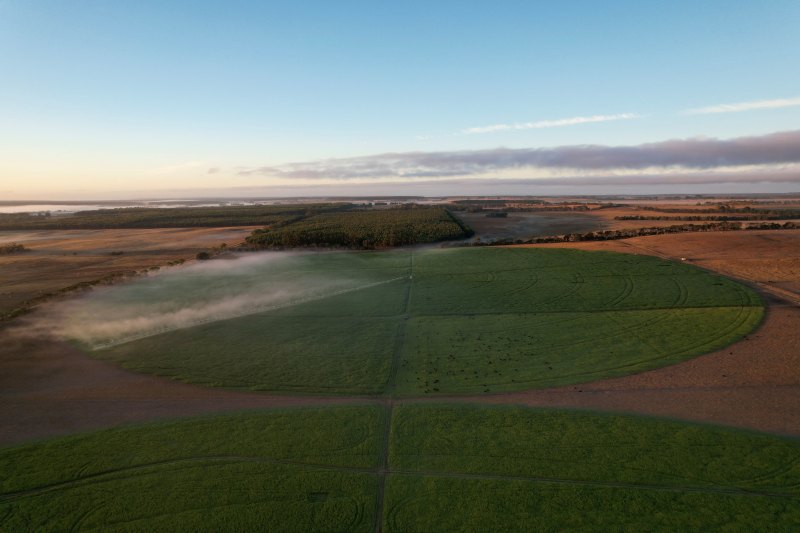
Commercial property deals slow as rates rise
Deal flow in the commercial property sector fell by more than one-third to $15.2 billion over the first half of calendar 2022, in what may be one of the early signs of a market responding to rate rises and inflation.
One cause for the sharp drop from last year’s first-half tally of $23.8 billion is simply the volatile and lumpy nature of major deal flow from year to year.
Headline deals, including the $3.8 billion sale of the Milestone portfolio, the $850 million Fife sale and the $1.67 billion Moorebank deal, pushed industrial transactions to $10.6 billion last year.
In contrast, this year’s first-half tally of logistics deals is $3.5 billion, according to CBRE.
But in recent weeks major institutional investors including the country’s largest, AustralianSuper, as well as Canada’s Oxford Properties have flagged their expectations for a slowdown in deals as the sector reconsiders return hurdles and risk premiums.
Mark Coster, CBRE’s head of capital markets for its Pacific division, said the higher cost of credit was already being factored in.
“We continue to see strong investor interest, albeit at pricing reflective of the changing dynamics in the market around rental growth, differing risks across the asset classes and the cost of debt, which has moved upwards over the past quarter,” he said.
Last week Michael Turner, who heads the $90 billion Oxford Properties, outlined how a stand-off between buyers and sellers of institutional-grade assets typically precedes a reset in values.
“What we’re experiencing is a repricing of risk across all asset classes. So deal volumes are slowing down. Some things have been dropped or repriced,” he said.
Surging bond yields have already triggered a recalibration of value in the listed property sector, which has given up around 25 per cent over the first half.
Still to come is the pressure on landlords’ returns as higher borrowing costs filter through.
Morgan Stanley analysts last week downgraded earnings across the listed property sector by 8 per cent to 10 per cent on average for financial years 2024 and 2025, anticipating higher interest rates and more expensive hedging.
Office transactions topped the 2022 first half activity, tallying around $6.3 billion, followed by retail transactions at $4.7 billion, up 11 per cent on last year’s first half. Offshore investment accounted for 26 per cent of the deal flow, down from 35 per cent in the previous year, according to CBRE.
“Hong Kong investors have led investment activity, accounting for circa $1.3 billion in acquisitions in 2022,” its Australian head of capital markets research Tom Broderick said.
“Investors from Hong Kong appear to be diversifying their portfolios with Australia being a key destination. In fact, since 2020, Australia has been the second most popular destination globally, behind only mainland China, for Hong Kong outbound capital investing in commercial real estate.”
The other top sources of offshore capital into Australia were Singapore ($1.2 billion), the US ($500 million), Germany ($460 million) and Korea ($320 million).











